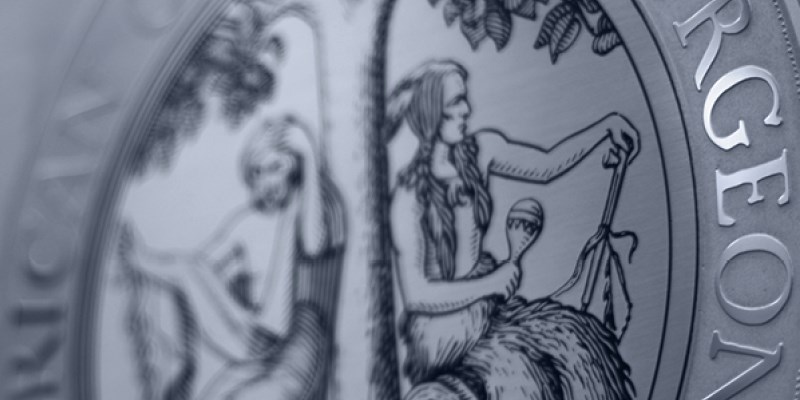My great grandfather, J. S. Houston of Alabama, was a physician in the late 19th century. Understandably, the rigor and excellence of today’s training and practice are very different from what my grandfather experienced 150 years ago. One of the catalysts for the evolution of medical education was John M. T. Finney, MD, FACS, who later became the first ACS President and was known as the “Surgeon’s Surgeon,” often consulting with many of his colleagues about their surgical issues.
Dated July 18, 1876, the first letter my great grandfather received from the Medical Department of the University of Louisville was written by Dr. J. W. Bodine, dean of the faculty. It informed my great grandfather that his examination at the completion of his studies was “satisfactory.”
The school was, of course, proprietary, and the nine members of the faculty depended on the fees for their livelihood. Most medical schools of that time only required the ability to read and write, and although the letter went on to say that my great grandfather would be “recommended as worthy” to receive an MD degree, it was likely that he had not seen any patients during the two 4-month series of lectures nor had he participated in any courses with the exception of anatomy.1
My great grandfather received his second letter from Dr. Bodine on March 22, 1877, and it confirmed that his diploma was being sent in a “tin case” to avoid damage. Once his diploma was in hand, Dr. Houston was free to travel, largely on horseback, to see patients with a variety of ills and supported only by the few medicines in his bag and his own common sense. He didn’t know, of course, that just a few decades later, two individuals, Dr. Finney and Abraham Flexner, MD, and one institution, Johns Hopkins University, were about to come on the scene and completely change the standards for both medical education and surgery.
In 1876, Johns Hopkins University opened its doors, thanks to the beneficent gift of $7 million from its namesake. Johns Hopkins Hospital was founded just 13 years later in 1889, and the medical school followed in in 1893. Dr. Flexner was born in 1866, the sixth of nine children. He was unable, on his own, to afford college, but he was fortunate that his brother, Jacob, a pharmacist, gave him $1,000, which allowed him to enter Johns Hopkins University at the age of 17.2 Realizing that his limited funds made a lengthy college education impossible, he vowed to finish the college requirements in 2 years. In his autobiography, Dr. Flexner wrote, “I did nothing in these 2 years in Baltimore but work, for the time was short.”
After graduation from Hopkins, Dr. Flexner started a college preparatory school in Louisville, Kentucky, in 1890, married a well-to-do actress, and wrote a scathing book about the inadequacies of American colleges.
This book came to the attention of Henry Pritchett of the Carnegie Foundation, and Pritchett asked Dr. Flexner “if he would like to make a study of medical schools.” Shortly thereafter, in 1908, with an answer in the affirmative, Dr. Flexner began a tedious, and at times, exhausting survey of the medical schools in Canada and the US.
















